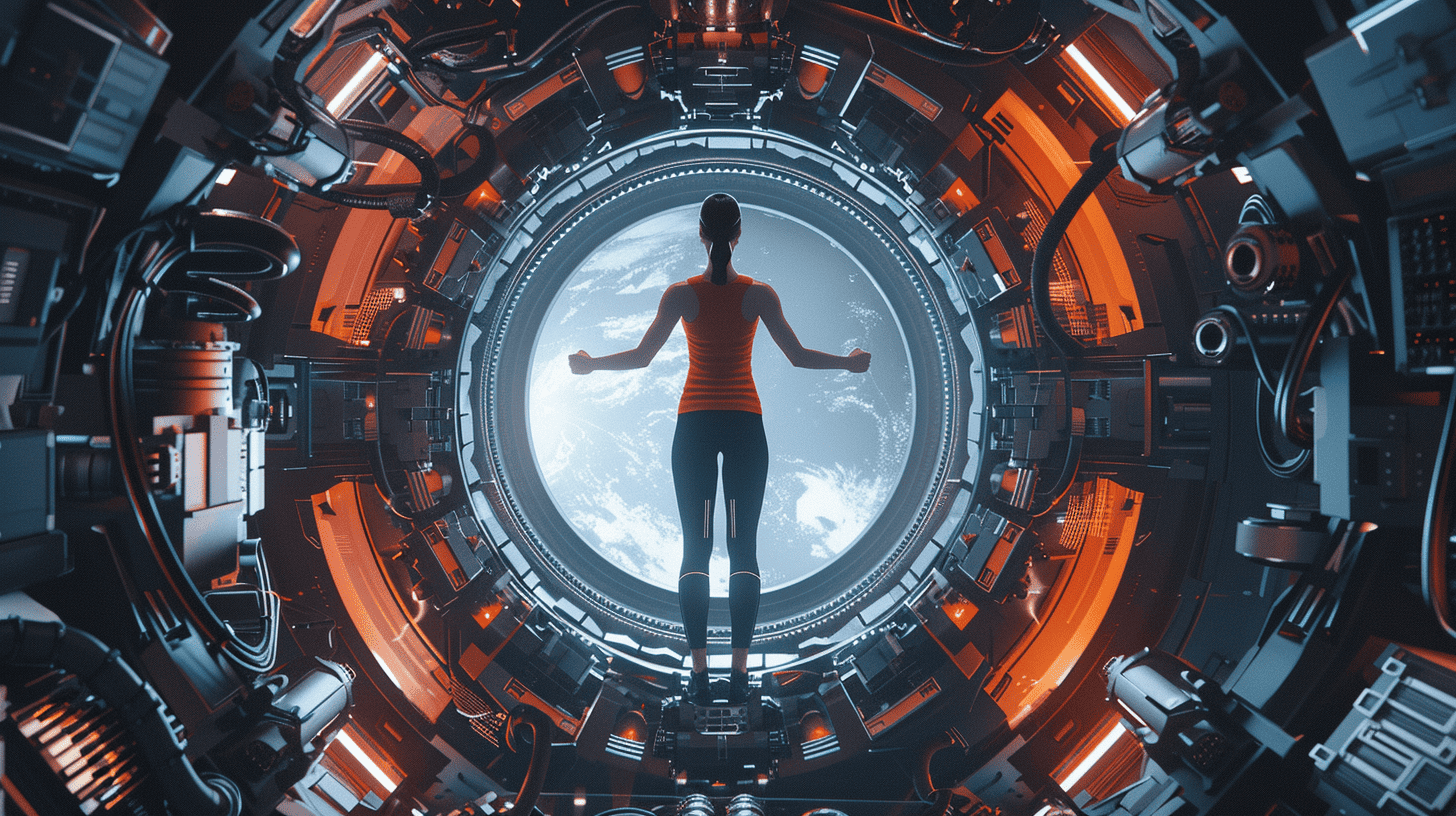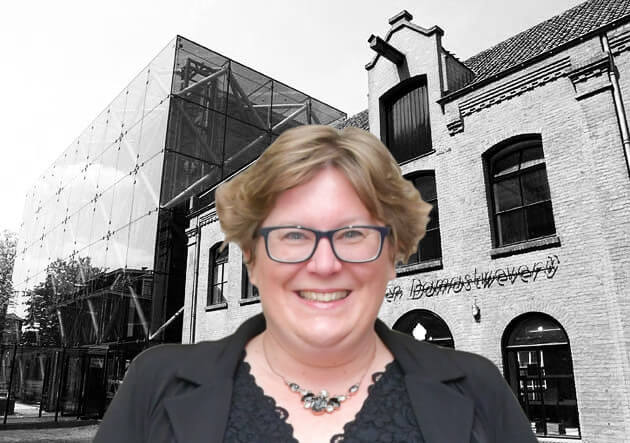
We are not always aware of it, but we are in the midst of the fourth industrial revolution. In fact, it is said that even the fifth industrial revolution is already upon us. The fourth industrial revolution revolves around the ‘interconnectedness’ of everything, or the ‘Internet of Things’ (IoT). For all these ‘things’ to be interconnected, they must understand each other. Therefore, this development goes hand in hand with the development of artificial intelligence (AI). Through AI, we can make devices smarter, so that they can analyze situations more easily and, therefore, also connect to each other better. Sounds all wonderful, but where is the human factor in all this?
One of the most impressive TED Talks I’ve seen recently is that of British portrait photographer Platon. Platon is known for his impressive portraits of world leaders and other icons. From Bill Clinton to Vladimir Putin and from Muhammed Ali to Stephen Hawking; all have been captured on film by him. Platon does not portray people lightly. Before he does, he asks himself what it is like to be the other person. He literally puts himself in the other person’s shoes. In other words, Platon always starts his work with empathy. It is precisely that empathy that colors the final portrait and makes his photographs belong to the outer category. In his TED Talk, Platon emphasizes, “Empathy is not just walking in someone’s shoes or feeling someone’s pain. Empathy is the secret ingredient for finding a human connection.”
In an age of “inter-connectedness,” are we losing the “connection” to each other?
Empathy often seems remote. A New York Times article, years ago, spoke of an “empathy deficit” in our society. That empathy deficit has grown rather than diminished in recent years. All over the world, polarization and mutual distrust are increasing. We have increasing difficulty putting ourselves in the other person’s shoes. We are all tumbling from one crisis to another, but seem to have lost the ability to solve those crises together. Hanging over our heads is that we are going down as the generation of connectivity, but the members of that generation became “disconnected” from each other. Our devices are increasingly connected, but as humans we are less and less so.
This is a rather depressing image. Fortunately, time is fleeting, and images change over time. I like to think of the arts as the pioneers of the time of the future. When I look at the art expressions of the moment, I mostly see an image of togetherness and human connection. For example, this week Son Mieux won an Edison for their song Tonight, with the jury describing the song as “a timeless anthem that fraternizes and connects.” Tonight is a battle song where people fight not against each other but in unity.
Another example is a dance group I recently saw at the Holland Dance Festival: Sol Invictus by Hervé Koubi. Dancers who auditioned for this dance were not selected by Hervé Koubi in the first place for their dancing skills, but for how well they could dance in a group, as a unity. The result was a motley crew including Ukrainian, Russian, Palestinian and Israeli dancers, men and women, and even a dancer with only one leg. How inclusive do you want it to be? Hervé Koubi emphasized on stage before the dance: “In this dance, people who should not be dancing together are dancing together right now. But if you can dance together, you can also live together.” The dance was the most incomparable and impressive dance I have ever seen.
I also see signs of connection in the world of design. There, the pluriverse design paradigm is awakening, centering on being mindful of everyone, every perspective and everyone’s worldview. Portrait photographer Platon also expresses an image of hope and connection in his TED talk: “We will not go down as the generation of connectivity that disconnected itself, no. I think we’re going to rise. I think we’re going to rekindle the spirit of optimism. It seems to me they underestimated the resilience of humanity”. The resilience of humanity that Platon expresses here is infectious.
It starts with the human factor
Our empathy seems to have taken a dent, but it is not gone. After all, empathy has been in our biological system for millions of years. However, we do need to rediscover and retrain it. This is mainly a matter of mindset. Empathy refers to the human factor, independent of all systems, technologies, and models. We need to return to the human experience of challenges and problems, not the systems, technologies, and models that create the problem.
Going back to the human factor is an essential step forward in our development. We do not yet know exactly what the fifth industrial revolution will entail. It is at the door, but it has not yet arrived so we do not know what it looks like. However, the expectation is that this fifth industrial revolution will put the human factor first again. For example, some think the fifth revolution will revolve around human creativity. There are also those who think that the fifth industrial revolution will revolve around ultra-personalization and that there should be room for serving people in all their different walks of life. Others think the fifth revolution will revolve around the disappearance of the separation between humans and technology. Right or left, the human factor will play a crucial role in the fifth industrial revolution. I can’t wait!

